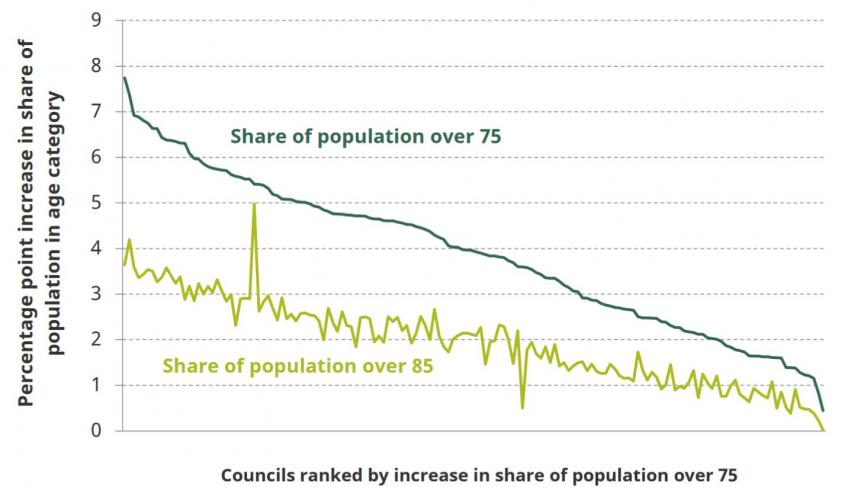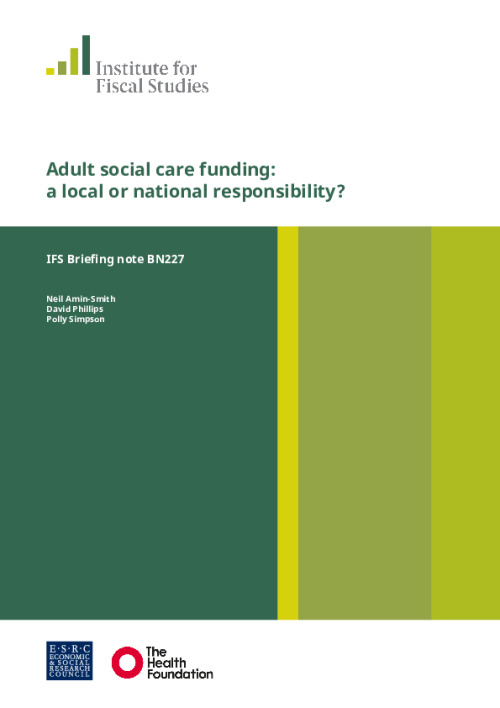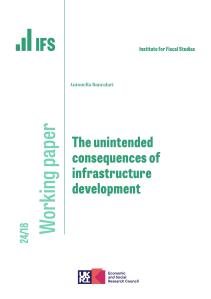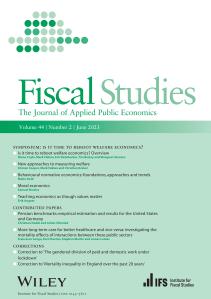A new IFS report, 'Adult social care funding: a local or national responsibility?', funded by the Health Foundation, argues that ongoing reforms to local government finance risk a growing funding gap for adult social care and conflict with efforts to provide consistent and high-quality care services across the country.
The government plans to abolish general grant funding for councils from 2020, meaning councils will depend on council tax and business rates for the vast majority of their general funding. But revenues from these taxes are unlikely to keep pace with the rising costs of adult social care services, leaving councils with increasingly tough choices about which services to prioritise.
We identify the following challenges:
Even if council tax revenues increased by 4.5% a year – more than double the rate of projected inflation – adult social care spending could amount to half of all revenue from local taxes by 2035. That is up from just 30% today.
If councils did meet these costs from their local tax revenues, the amount left over for other services – including children’s services, housing, economic development and bin collection – would fall in real terms (by 0.3% a year, on average). In other words, decades more austerity for services that have often already seen cuts of 20% or more since 2010.
Even if larger tax revenue increases could be delivered, or growth in the cost of adult social care constrained, ongoing changes to the way local government finance is allocated mean that different councils could find themselves with revenues that differ significantly from their spending needs. This is because there is now less redistribution between councils as spending needs and local tax revenues change over time.
And changes in relative spending needs and revenues can be significant:
For instance, between 2006–07 and 2013–14, 1 in 5 councils saw their relative ability to raise local tax revenues fall, whilst their relative need for adult social care increased, according to official needs assessments.
- Looking to the future, different councils are likely to see very different pressures from an ageing population. In 1 in 10 councils, the share of the population aged 75 and over is projected to grow by 6.0 percentage points or more over the next 20 years. But in another 1 in 10 councils, it is due to increase by just 1.7 percentage points or less.
- If councils’ relative spending needs and their shares of revenues are moving differently, delivering consistent access to and quality of social care across England could be difficult. Either the social care services you can access could become increasingly dependent on where you live. Or the money councils have for other things could bear the brunt of adjustments, impacting access to children’s services, public health services, housing services and bin collection.
There is no easy way to square this circle without backtracking on reforms to local government finance and reintroducing general grant funding:
- Ring-fenced grants to top up councils’ own tax revenues may not actually get spent on adult social care services, because councils could cut back how much of their own money is allocated to these services.
- If the government wanted to ensure its ring-fenced grants were spent in full on adult social care, the grants would have to fully fund these services. But doing this would remove over one-third of what councils currently spend from local control, reducing residents’ say in local spending decisions.
- Full ring-fenced grants could be allocated according to spending needs. But in 2015–16 the latest spending needs assessment only explained 13% of the variation in what councils actually spent on adult social care. For over half of councils, the difference between what they spent on adult social care and what the official relative needs formula suggested they would need to spend was 10% or more. Moving to needs-based grants would therefore imply a big redistribution of spending around the country and would need to be phased in slowly.
Figure: Increase in share of population that is over 75 and over 85 between 2016 and 2035, by council











